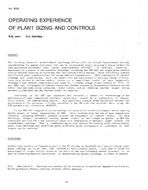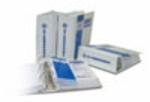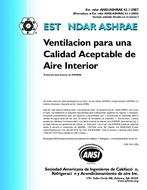Description
The Building Research Establishment Low Energy Office (LEO) has already demonstrated the real opportunities for energy efficiency that can be incorporated into a building’s design within the then applicable government cost limits (approximately £375/m2). In addition, operating experience in a number of non-domestic buildings, including the BRE LEO, has highlighted serious control defects existing in buildings that are intermittently heated, which effectively possess insufficient plant overcapacities for design ambient temperatures. This combination of control strategy and plant sizing, which can result from the application of existing design criteria, leads to a failure to realize comfort levels on a significant number of days(especially “Mondays”) when ambient temperatures are close to, c below, design values (typically -2°C). In the BRE LEO, attainment of comfort levels was further impeded by thermostatic radiator valves(TRVs) that had been widely installed, their control action reducing emitter output during preheat, a time when maximum emitter output is required.
Monitoring in the LEO and elsewhere has revealed a number of shortcomings in the performance of many commercially available optimizers, caused by a combination of design, installation, and commissioning faults. This paper will examine these faults and contrast the performance of the optimizer initially installed in the LEO with that obtained when using the BRE optimum start controller, BRESTART.
In the BRE LEO integration of the heating and ventilation controls increased useful heating system output, at design temperatures, by 30%. This, combined with the use of more appropriate controls, including BRESTART, greatly improved the attainment of comfort levels. In many buildings, though, increasing heating system output is not always an option, so BRE has identified the need for a new controller based on a combination of variable night setback and intermittant heating. Such a controller would only operate the heating plant intermittently under those environmental conditions where sufficient plant overcapacity is available so that targets can be realized.
Units: SI
Citation: ASHRAE Transactions, 1987, vol. 93, pt. 1, New York, NY
Product Details
- Published:
- 1987
- Number of Pages:
- 13
- File Size:
- 1 file , 1.2 MB
- Product Code(s):
- D-NY-87-3026




